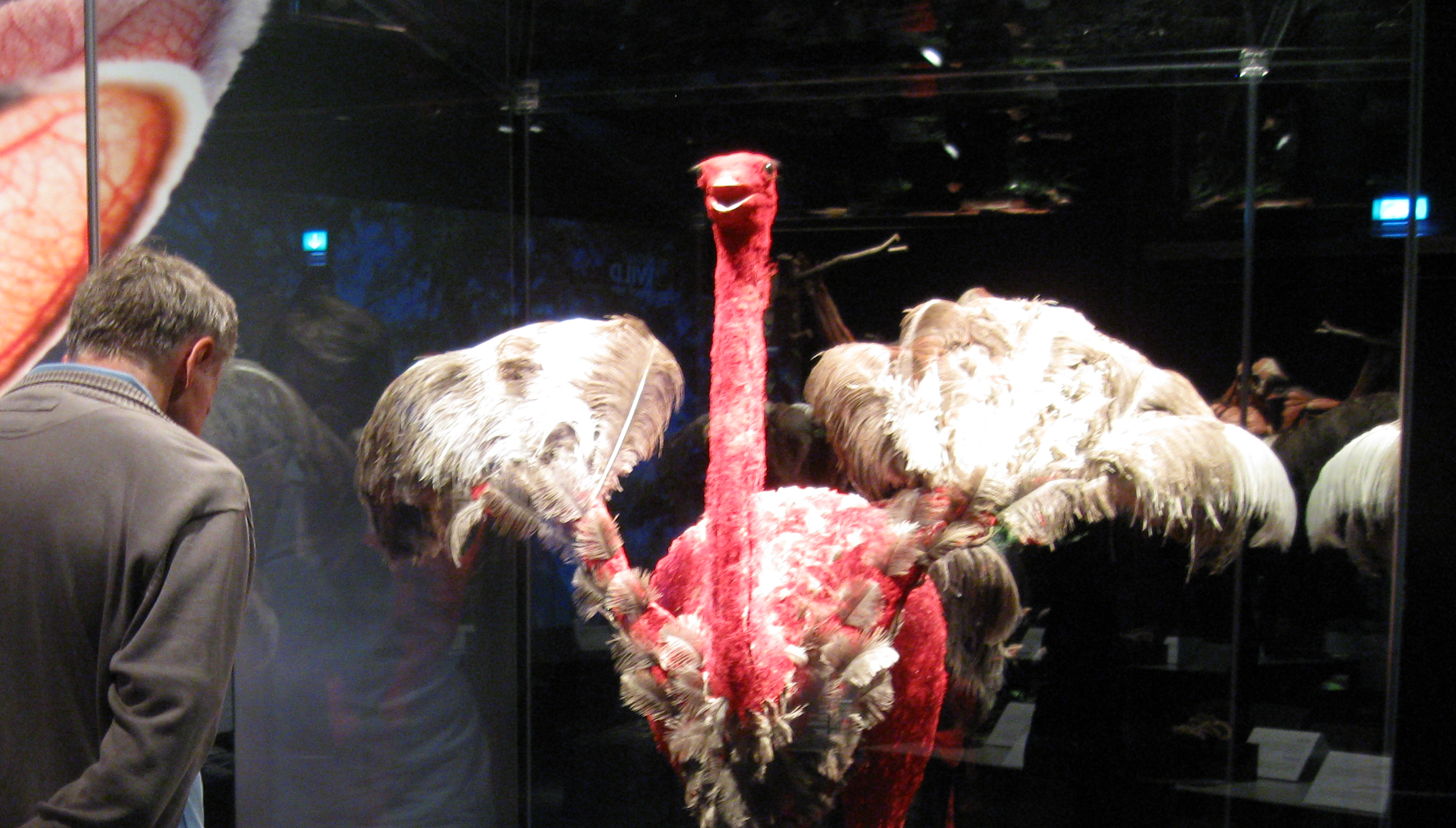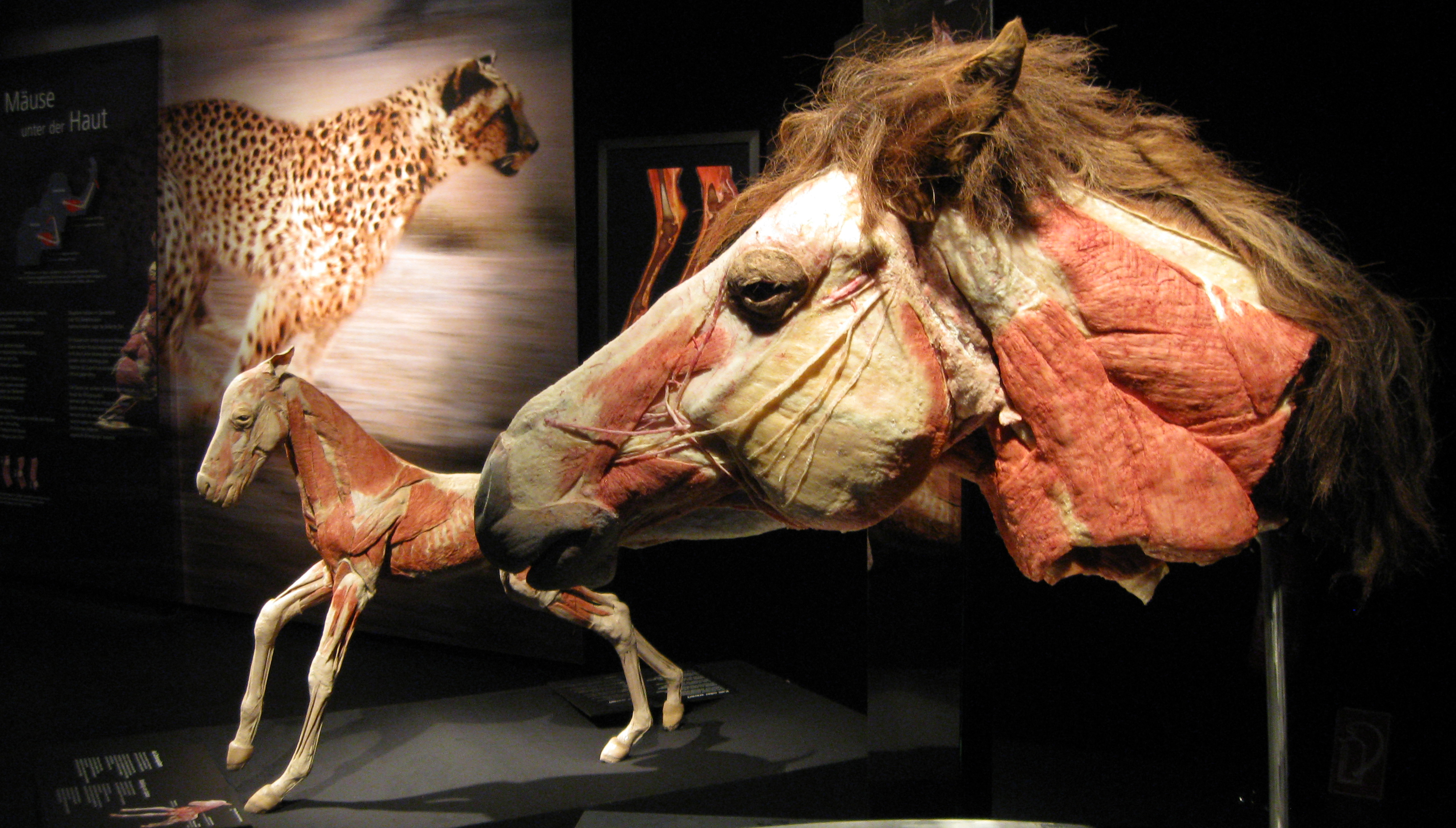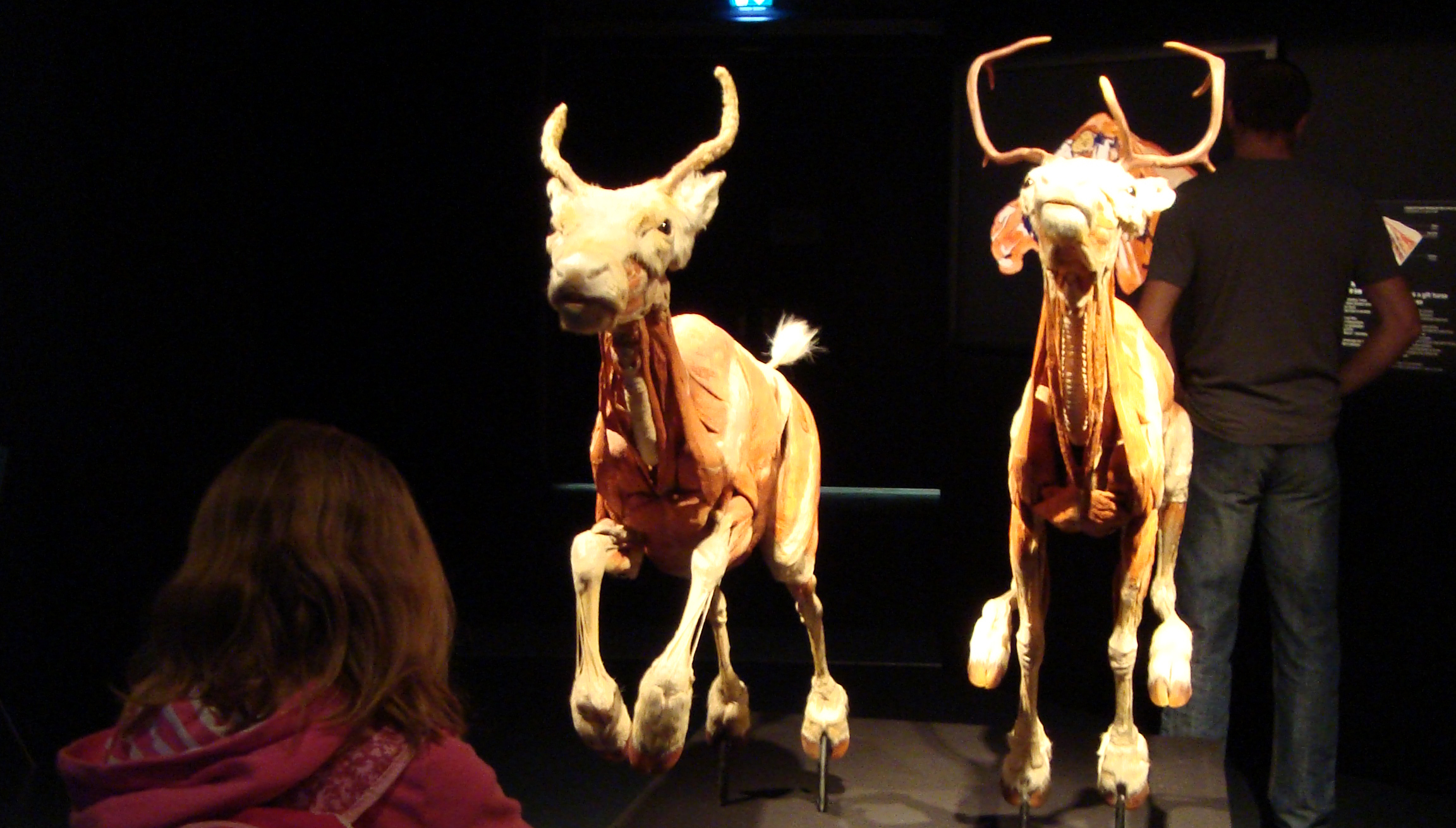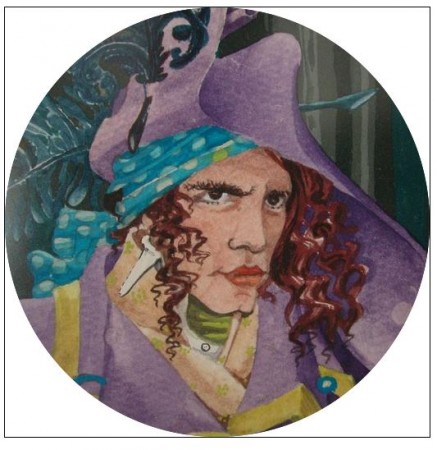Animal Inside Out at Cordoaria

Do you think you know it all about gorillas and elephants? Get real, you've never seen them Inside Out, a spectacle showing you everything underneath fur, feathers and skin.
More than 45 million people have seen this range of traveling exhibitions around the world. What made so many people do it? The exposed interior of the animals we're used to seeing alive, at the zoo, or on Discovery Channel.
Body Worlds, the company that is also responsible for this exhibition, had previously brought the "Real Bodies" display in 2015, where it featured human bodies using with this technique, the plastination, a bizarre but true word, that even 'Word' automatic translator does not recognizes.

One of the most viewed specimens, the elephant, specially because of its trunk, a miracle of natures ingenuity
It is thanks to this plastination that we can see at Cordoaria until September 23 more than 100 preserved animal bodies showing their machina: how intricate can be the blood vessels system, how the muscular system is articulated and how the various organs perform on different animals, comparing them with those of humans.
There is everything to see, from the most familiar, like goats, to the most exotic, such as giraffes, octopuses, sharks and ostriches.

An ostrich left with the wings feathers
The show is divided into six areas, one for each biological system: moving, nervous, respiratory, cardiovascular, digestive and urinary/reproductive. Thanks to this technique, we can see under a gorilla fur the muscular system, almost science fiction, Hulk type, the Earth’s most powerful animal shoulders, or verify that the giraffe 3 meters height neck has exactly the same number of vertebrae than us.
And finally, what does plastination consist of? It really is a thing stolen from the fantastic cinema and X Files, but real, invented in 1977 by the German doctor Gunther von Hagens, himself a personage, per se.

An horse's head and neck, showing its intricate muscular system
The process begins by injecting formaldehyde into the arteries of the dead body to kill bacteria and prevent decomposition. Then the scalpel enters and begins the dissection (and here we are already on a Doctor Frankenstein plane), removing the skin, the fat and the connecting tissues, in order to allow the preparation of the anatomical elements and structures.
Depending on the complexity of the specimen, dissection may involve between 500 and 1000 hours of work.

Two reindeer, in running position, showing the leg muscular system at two different positions
It is then necessary to remove water and soluble fats from the body by immersing it in a cold acetone bath. And finally the plastination process begins, via forced impregnation. The specimen is placed in a tub filled with liquid polymer, such as silicone rubber, polyester or epoxy resin. At vacuum the acetone boils at low temperature. As it evaporates from the cells, the void is occupied by the liquid polymer, penetrating each cell individually. This process takes between 2 to 5 years.
After this vacuum impregnation, the body is still flexible and can be positioned as desired. Each anatomical structure is properly aligned and secured with the help of wires, needles, staples and foam blocks. This work is necessarily done by someone who have the proper anatomical knowledge, both human and animal, and a refined aesthetic sense allied to academic knowledge.
In the end this scientific statue hardens with the help of gas, light or heat.
To know more about this exhibition please click here.
Photos of the institutional site of the show.
Articles liés

- Populaires Récents









